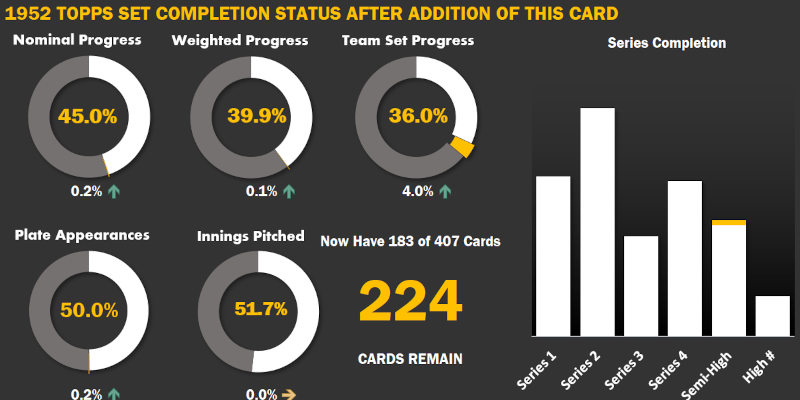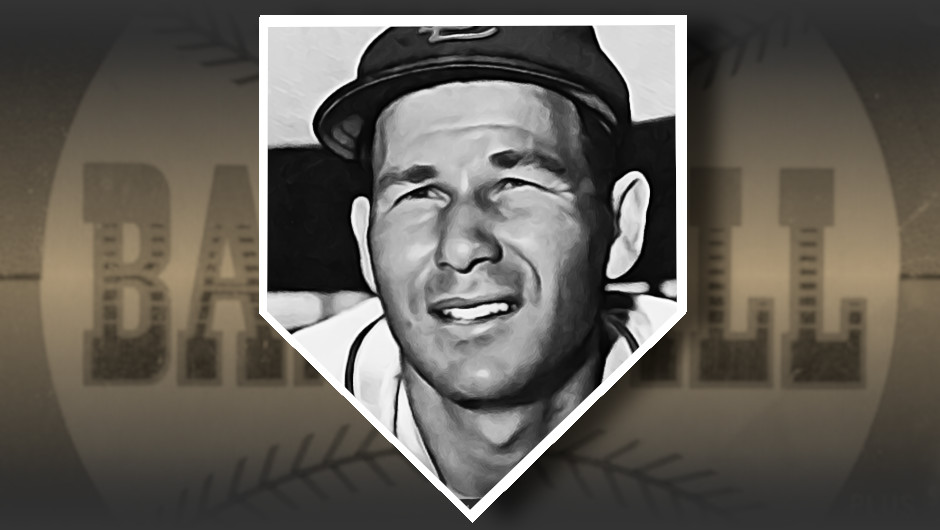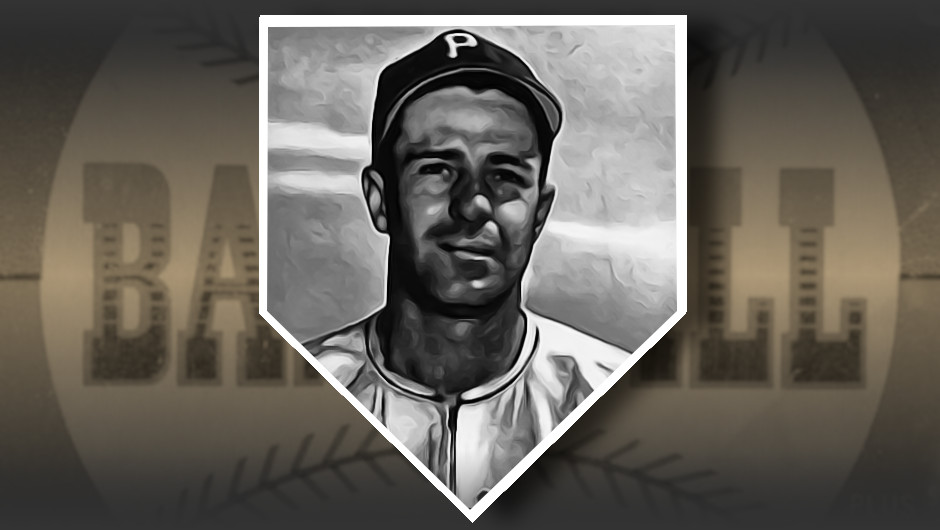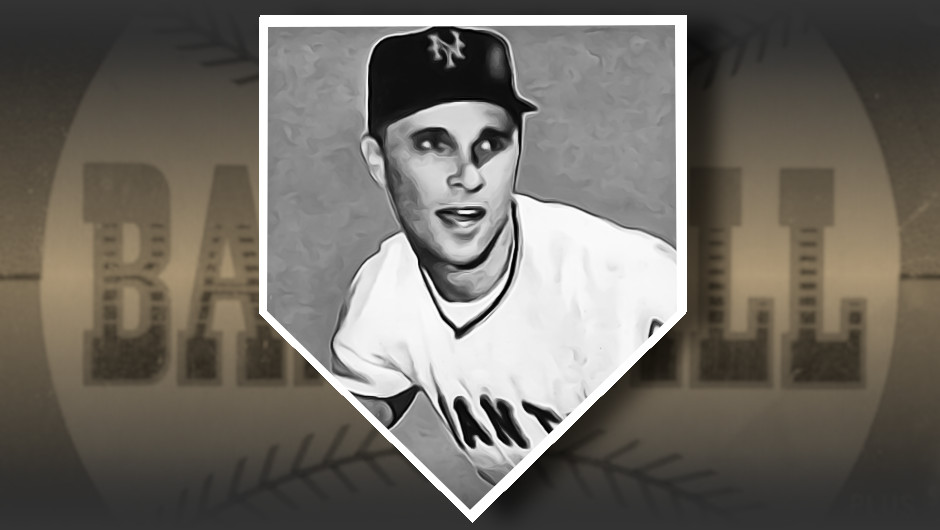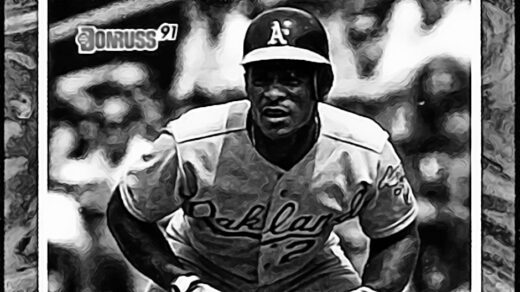Chuck Diering was known for his defensive prowess over his offensive capabilities. He had shown promise in a crowded St. Louis Cardinals outfield in the five years prior to 1952, but the presence of 10 other Redbird outfielders made playing time difficult to come by. This was compounded by the fact that three of these outfielders were named Stan Musial, Enos Slaughter, and Peanuts Lowrey. Diering was a talented backup, but a backup nonetheless.
When you need a backup you are glad you have one. Adrift in a sea of outfield gloves, St. Louis traded Diering to the New York Giants. The Giants outfield was anchored by Willie Mays, who had just taken home National League Rookie of the Year Honors. Fans were excited by Mays’ electric play, but the club knew it was only a matter of time before his draft number was called for service in the Korean War. Fearing that Mays would soon be gone for an extended time the Giants selected Diering, already a war veteran, as their man in centerfield.
Mays managed to get into a few dozen games at the outset of 1952 before reporting to basic training. Topps included Mays as card #261 in its 1952 baseball card set, and placed Diering as the very next NY Giants representative four cards later in the checklist. The pair were intended to be a wartime platoon.
Diering didn’t quite work out. Mays played in a limited 34 games that season while Diering only saw action in 41 contests. Most of these were late-inning defensive replacements with him only amassing 27 plate appearances in this span. Diering soon found himself in the minor leagues for a year and half before being released.
A St. Louis native, Diering was signed by the departing St. Louis Browns as the team relocated to Baltimore for the 1954 season. The team remade itself as the Baltimore Orioles, and the backup outfielder likewise morphed from a bench rider with a glove to the team’s MVP for the year.

Fun Fact: I came across a single, unattributed note that one of Diering’s hobbies was building highly intricate dollhouses. This is quite an unusual pursuit for an athlete, but one I find fascinating after having just finished reading a biography Huguette Clark, a reclusive mining heiress with a penchant for ordering meticulously researched dollhouses.
This Card Will Always Remind Me to Wear Sunscreen
I picked up a rather fantastic looking Chuck Diering card for my set building project. This 1952 Topps card features spot-on centering on the front and corners that would be perfectly at home within a VG-EX designation. Unfortunately, there is a small bit of paper loss directly on Diering’s nose. It isn’t noticeable when quickly flipping through cards, but when you stare at the card for more than second or two it looks like he has a huge dollop of sunblock protecting his schnoz.

The photo itself gets more interesting under closer inspection. Diering, well known as an outfield ballhawk, is in what looks like an infielder’s crouch preparing to fire a ball to first base. The picture is taken from a very low angle with the photographer possibly laying on the ground. The result is a largely empty blue sky across the background and the upper reaches of The Polo Grounds visible in the lower left corner. This effect is broken by the appearance of green under Diering’s right arm in the opposite corner. Did the color artist absent mindedly insert a grassy infield behind Diering? Was the largely out of focus grandstand given an overwash of green instead of the browns and grays on the left?
